The Regal Western Kingbird Can Be Very Aggressive
10,000 Birds
MAY 20, 2015
The Western Kingbird is one of eight species of tyrant flycatchers that breed in North America. I witnessed this myself as a Western Kingbird ( Tyrannus verticalis ) that was possibly nesting in the bottom of an Osprey nest atop a soccer field light stand, took off after one of the Osprey nestlings on its maiden flight out of the nest.


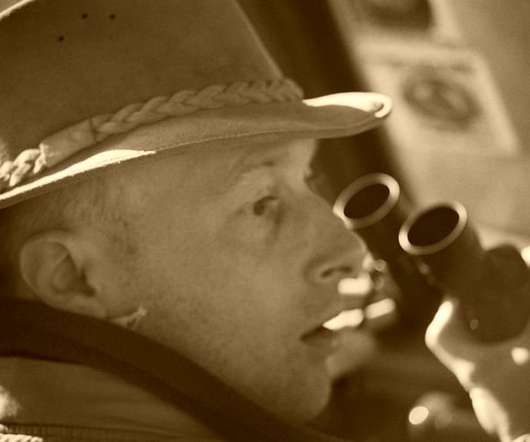








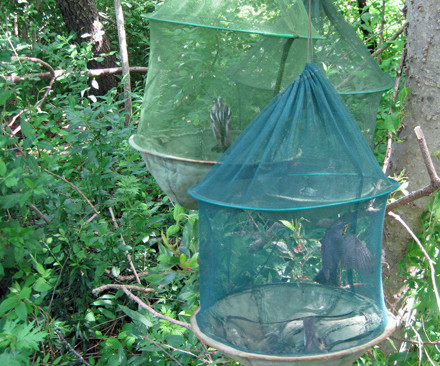
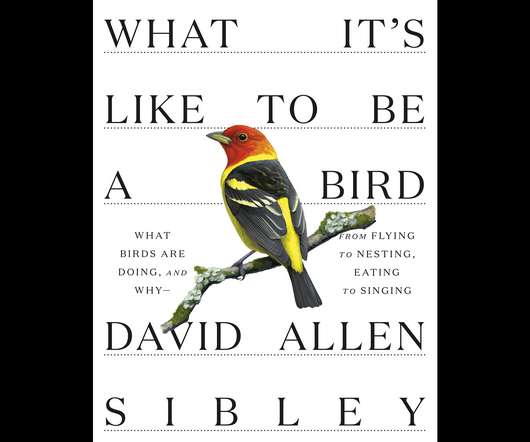





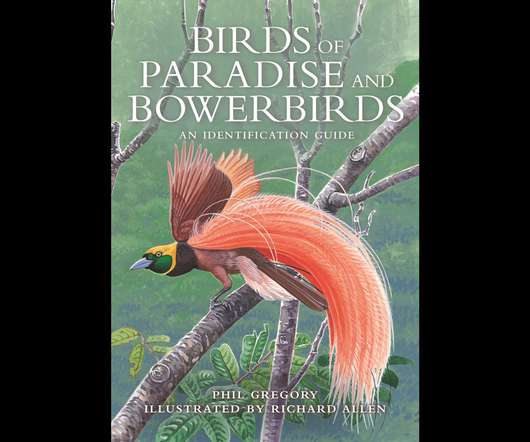
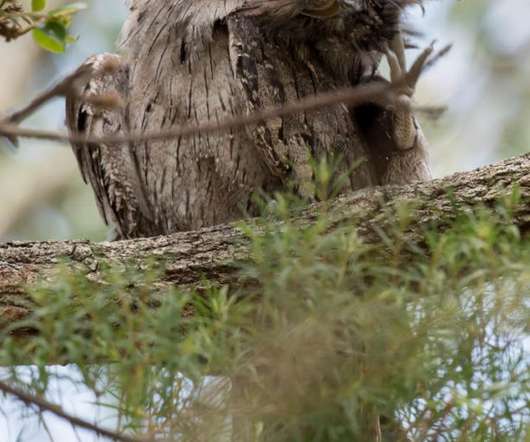









Let's personalize your content